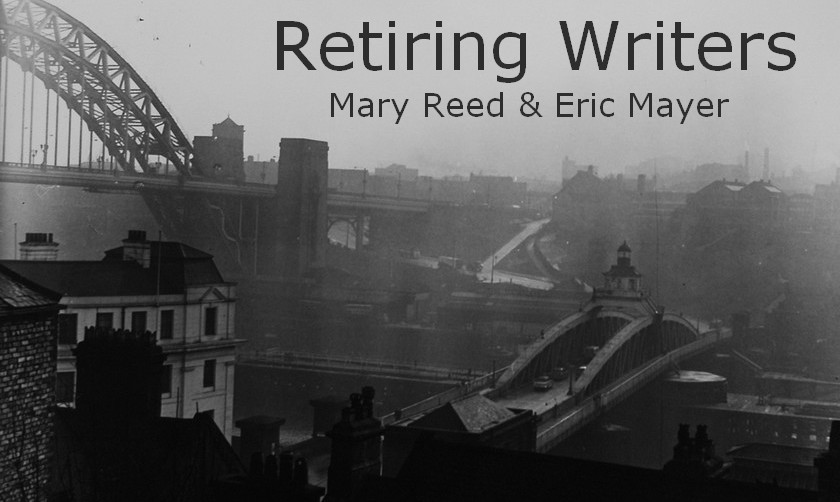Here in the northeast leaves are starting to fall. I simply grind them into lawn fertilizer with the mower. But when I was growing up in the suburbs homeowners raked the leaves up, hauled them to the curb, and burned them. A wall of smoke and swirling sparks rose from bonfires lining the street. It was a spectacle second only to the colored Christmas lights strung between the utility poles after Thanksgiving. And second only because the fires didn't foretell the coming of a bearded man bearing gifts.
Children are elementals. They love to play with water and dirt and fire. A street in flames was irresistible.
One of my childhood friends used his father's Aqua Velva aftershave to make fire. He poured it into the palm of his hand and lit it to our great amusement. One can't help but think of sixties rock star Arthur Brown of "Fire" fame who used to wear a burning colander on his head during concerts. (The sixties really were a wonderful era.) Wikipedia informs me that when Arthur accidentally set his head on fire a fan saved him from serious injury by dousing the flames with beer. My friend somehow managed to never set his hand on fire. Just as well since we never had any beer handy.
The closest I came to handling fire was around the Fourth of July. It was great fun waving sparklers around and drawing patterns in the air. (I did collect fireflies in jars which is a kind of cold fire.)
My friend also made small conflagrations with shredded newspaper in the upstairs playroom at his house. Flames provided more entertainment than the building blocks, board games with missing pieces, and broken plastic trucks littered around the floor. Better yet, in the loft in the barn behind the house, someone had squirreled away and forgotten enough toilet tissue to last through several pandemics had there been any pandemics around at the time. Brittle and brown with age the paper was delightfully flammable. We'd cart rolls to the field behind the barn and create long winding trails leading to an enormous pile. We'd light the end of the trail and watch the flames race towards the explosion at the end, like the fuse on a cartoon bomb. It was better than fireworks.
That wasn't the end of our fiery creativity. Inspired by Ray Harryhausen classics like The Seventh Voyage of Sinbad, we made stop action movies with my Super Eight movie camera. Needless to say our directoral aesthetic demanded flames. However, this presented technical problems. We constructed a castle out of cardboard. Our Plasticine protagonists were supposed to flee down some stairs. After positioning the figures we set fire to the cardboard, shot a couple frames, and blew out the fire. Then we repositioned the figures and set the castle ablaze again in order to take a few more frames.
This animation procedure led to two problems. For one thing the castle started to deteriorate too quickly. Worse, the Plasticine figures started to melt. We did our best to restore their shapes between shots. The resulting film showed them weirdly transforming as they fled, their proportions changing as they devolved into nearly unrecognizable blobs. Fencing skeletons they were not.
I would like to say that I gave up playing with fire as an adult but that would not be strictly true. Greek Fire figured prominently in our second John the Lord Chamberlain novel. The composition of this ancient super weapon remains a mystery. Some historians have suggested it was based on naphtha and quicklime. The compound apparently ignited on contact with water. The Byzantines sprayed this flammable substance at enemy ships to devastating effect and in Two for Joy we arranged to set the waters of the Golden Horn ablaze which surely would have thrilled my younger self and my fire loving buddy.

No comments:
Post a Comment